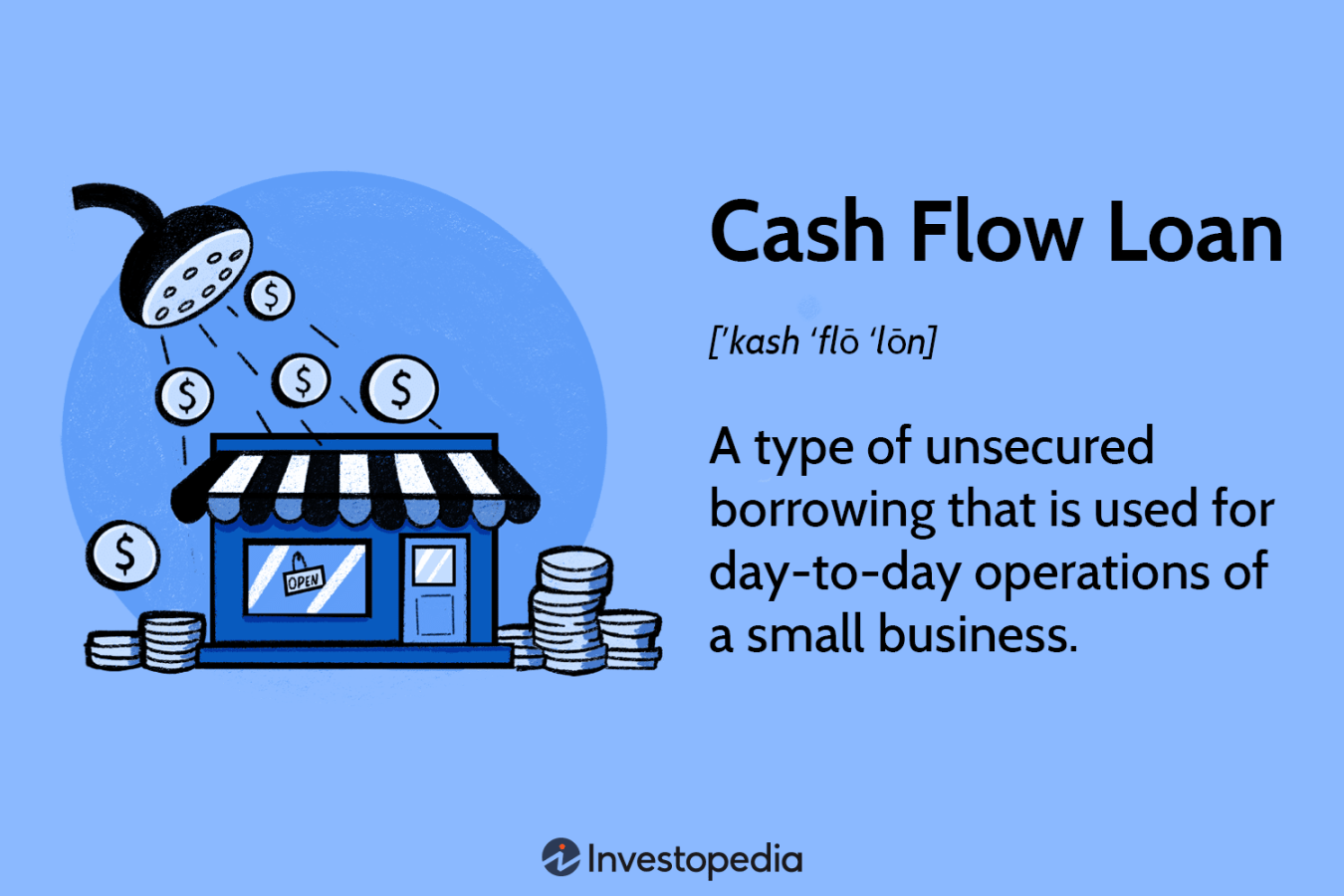Cashflow Lending: Understanding, How it Works, and Solutions
What do you mean by Cashflow Lending?
Cashflow lending is a type of financing that focuses on a company’s cash flow as the primary source of repayment for the loan. Unlike traditional lending, which looks at collateral or assets, cashflow lending relies on the cash generated by the borrower’s business operations to determine creditworthiness. This type of lending is often used by small to medium-sized businesses that may not have significant assets to secure traditional loans.
How does Cashflow Lending Work?

When a company applies for a cashflow loan, the lender will analyze the business’s financial statements, including income statements and cash flow statements, to assess the company’s ability to generate cash and repay the loan. The lender will also consider the company’s industry, market conditions, management team, and growth potential before approving the loan.
Once approved, the borrower receives the funds as a lump sum, which can be used for various business purposes, such as working capital, expansion, equipment purchases, or debt refinancing. The borrower then makes periodic payments, usually monthly, to repay the loan, including interest and fees.
What is known about Cashflow Lending?
Cashflow lending is known for its flexibility and speed compared to traditional lending. Since cashflow lenders focus on the borrower’s ability to generate cash rather than collateral, the approval process is often quicker, and the loan terms are more tailored to the borrower’s needs. This type of financing is also popular among businesses with seasonal cash flow fluctuations or rapid growth opportunities.
However, cashflow lending typically comes with higher interest rates and fees compared to traditional loans, as lenders take on more risk by relying solely on the borrower’s cash flow for repayment. Borrowers should carefully consider the cost of borrowing and their ability to meet repayment obligations before taking out a cashflow loan.
Solution for Cashflow Lending
To maximize the benefits of cashflow lending and minimize the risks, businesses should maintain accurate and up-to-date financial records, including cash flow projections and budgets. By demonstrating strong cash flow management and profitability, businesses can increase their chances of securing favorable cashflow loans with competitive terms.
It’s also essential for borrowers to work with reputable lenders who have experience in cashflow lending and understand the specific needs of small businesses. By building a strong relationship with the lender and being transparent about the company’s financial health, borrowers can negotiate better loan terms and access the capital they need to grow their business.
Conclusion
In conclusion, cashflow lending offers small to medium-sized businesses a flexible and efficient way to access capital based on their cash flow. By understanding how cashflow lending works, businesses can make informed decisions about using this type of financing to support their growth and expansion goals. With careful planning and financial management, businesses can leverage cashflow lending to achieve long-term success.
FAQs
1. Is cashflow lending suitable for startups?
Generally, cashflow lending is more suited for established businesses with a track record of generating consistent cash flow. Startups may find it challenging to qualify for cashflow loans due to limited operating history.
2. How can businesses improve their cash flow to qualify for cashflow lending?
Businesses can improve their cash flow by optimizing their working capital management, reducing expenses, increasing sales, and implementing efficient payment collection processes. By demonstrating strong cash flow management, businesses can enhance their eligibility for cashflow loans.
3. What are the typical repayment terms for cashflow loans?
Repayment terms for cashflow loans vary depending on the lender and the borrower’s financial situation. Typically, borrowers make monthly payments that include both principal and interest over a set term, ranging from one to five years.
4. Can businesses use cashflow loans for any purpose?
Businesses can use cashflow loans for various purposes, such as working capital, inventory purchases, equipment upgrades, debt consolidation, expansion projects, or marketing initiatives. However, borrowers should use the funds responsibly and in line with their business objectives.
5. What are the key advantages of cashflow lending?
The key advantages of cashflow lending include flexibility, speed of approval, tailored loan terms, and the ability to access capital based on cash flow rather than collateral. This type of financing can help businesses seize growth opportunities, manage cash flow fluctuations, and meet their financial needs efficiently.



